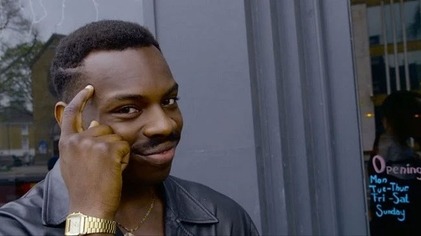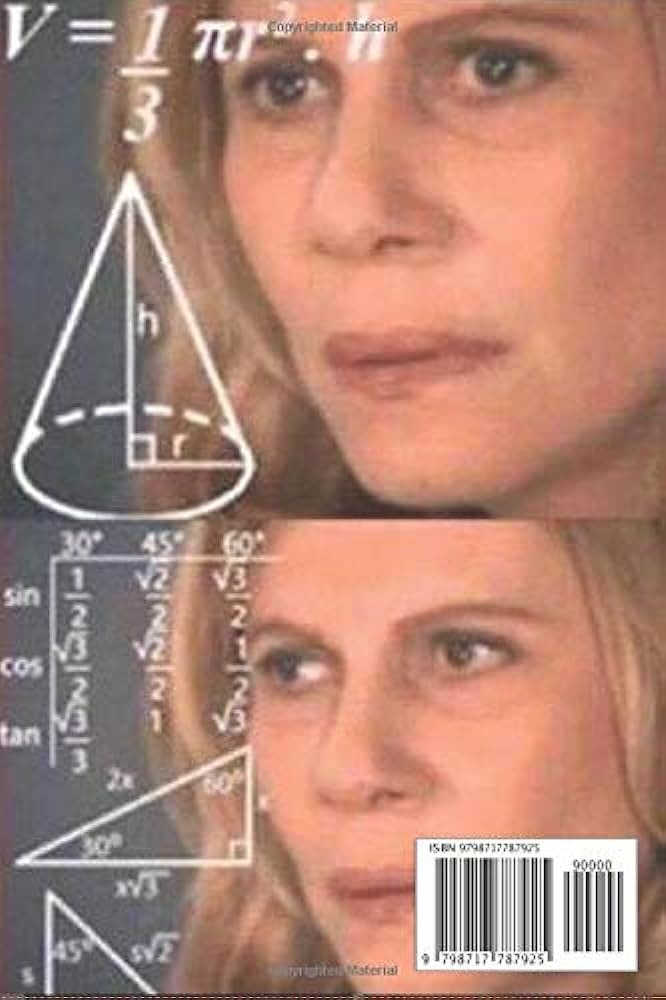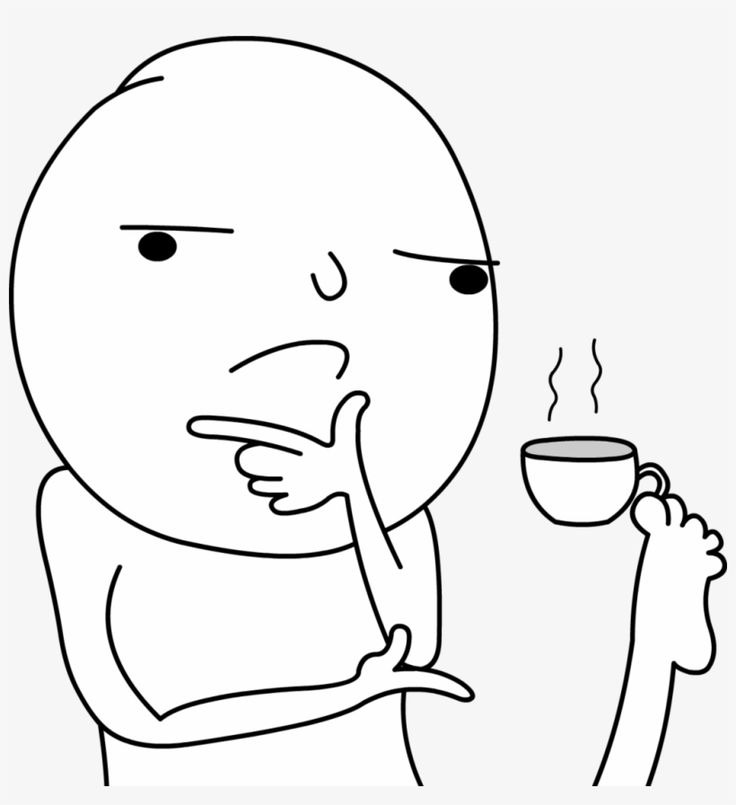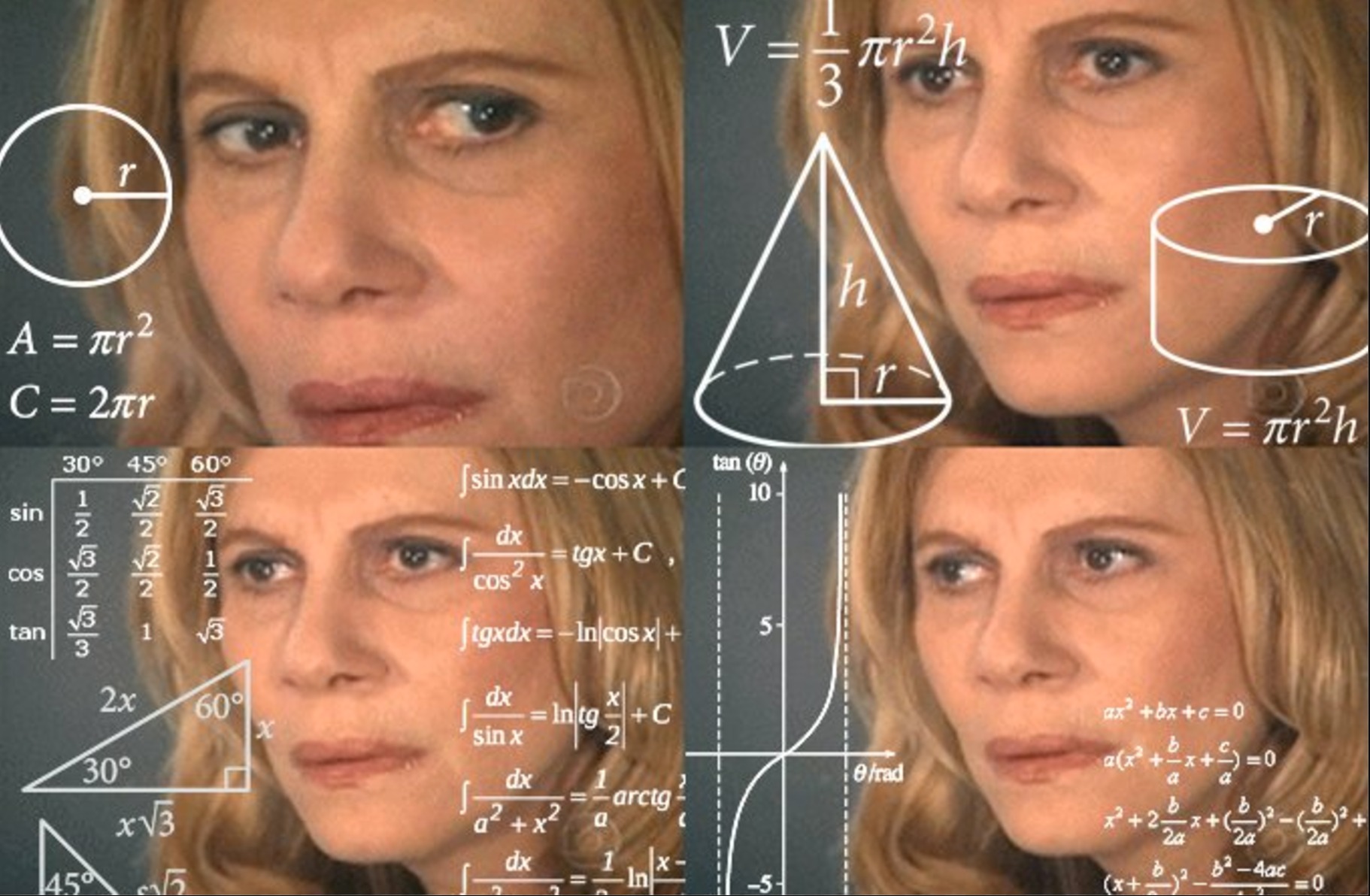The Art of the Thinking Meme: Visual Contemplation

In the vast landscape of internet culture, few phenomena have captured the collective imagination quite like the thinking meme. These visual representations of contemplation, confusion, and cognitive dissonance have become a universal language in the digital age, transcending cultural and linguistic barriers. At AHAMEME, we dive deep into the world of memes, exploring their origins, evolution, and impact on modern communication.
The Rise of the Thinking Meme
The thinking meme has emerged as a powerful tool for expressing complex emotions and ideas in a simple, relatable format. From the iconic "Roll Safe" guy tapping his temple to the perplexed woman with mathematical equations floating around her head, these images have become shorthand for the mental gymnastics we all perform in our daily lives.

The popularity of thinking memes can be attributed to several factors:
- Universality: The act of thinking is a shared human experience, making these memes instantly relatable.
- Simplicity: Complex ideas can be conveyed through a single, powerful image.
- Humor: Many thinking memes incorporate wit and irony, adding a layer of entertainment to their message.
- Versatility: These memes can be adapted to a wide range of situations and topics.
The Anatomy of a Thinking Meme
To understand the appeal and effectiveness of thinking memes, let's break down their key components:
1. The Visual Element
The core of any thinking meme is its visual representation. This typically includes:
- A human subject with a distinct facial expression
- Body language that suggests deep thought or confusion
- Contextual elements that enhance the overall message
For example, the "Confused Math Lady" meme features a woman with a perplexed expression, surrounded by floating mathematical equations. This visual immediately conveys a sense of mental overload and confusion.

2. The Textual Component
While not always present, many thinking memes incorporate text to provide context or enhance the humor. This text can take several forms:
- A caption describing the situation
- Thought bubbles representing the subject's inner monologue
- Overlaid text that contrasts with the visual for comedic effect
3. The Cognitive Dissonance
Perhaps the most crucial element of a successful thinking meme is the cognitive dissonance it creates. This mental conflict arises when the meme presents two contradictory ideas or highlights the absurdity of a situation. It's this dissonance that often triggers the humor and relatability of the meme.
The Cultural Impact of Thinking Memes
Thinking memes have become more than just internet jokes; they've evolved into a form of digital communication that reflects and shapes our culture. Here's how:
1. Expressing Complex Emotions
In an era of rapid communication, thinking memes provide a quick and effective way to express complex emotional states. Whether it's the frustration of trying to solve a problem or the bewilderment at life's absurdities, these memes offer a visual shorthand for our inner thoughts.
2. Social Commentary
Many thinking memes serve as vehicles for social commentary, addressing issues ranging from politics to personal relationships. By framing these topics in a humorous context, memes can make difficult subjects more approachable and encourage discourse.
3. Building Community
Shared memes create a sense of community among internet users. When we encounter a thinking meme that resonates with our experiences, we feel a connection to others who understand and appreciate the same humor.

The Evolution of Thinking Memes
Like all aspects of internet culture, thinking memes are constantly evolving. Our analysis of the Drake meme shows how a single format can spawn countless variations and adaptations. Similarly, thinking memes have undergone their own evolution:
- Increased Complexity: Early thinking memes were often simple images with text. Today, we see more elaborate creations, including animated GIFs and video memes.
- Cross-Pollination: Thinking memes frequently combine with other meme formats, creating hybrid memes that appeal to multiple audiences.
- Meta-Memes: As meme culture becomes more self-aware, we're seeing an increase in meta-memes that comment on the nature of memes themselves.
- Platform-Specific Adaptations: Different social media platforms have given rise to unique variations of thinking memes, tailored to the specific features and audience of each platform.
The Psychology Behind Thinking Memes
The enduring popularity of thinking memes can be attributed to several psychological factors:
1. Cognitive Ease
Thinking memes provide a form of cognitive ease by simplifying complex ideas into easily digestible visual formats. This allows our brains to process information quickly, which is particularly appealing in the fast-paced digital environment.
2. Social Validation
Sharing and engaging with thinking memes can provide a sense of social validation. When we see a meme that reflects our own thoughts or experiences, it reinforces the idea that we're not alone in our perceptions.
3. Emotional Catharsis
As explored in our article on crying memes, memes can serve as a form of emotional catharsis. Thinking memes, in particular, allow us to express frustration, confusion, or epiphanies in a socially acceptable and often humorous way.
Creating Effective Thinking Memes
For those inspired to create their own thinking memes, here are some tips:
- Choose a Relatable Scenario: The most successful thinking memes tap into common experiences or universal truths.
- Keep It Simple: While complexity can be interesting, the core message of your meme should be immediately apparent.
- Use High-Quality Images: Clear, expressive images are crucial for conveying the intended emotion.
- Play with Contrast: Often, the humor in thinking memes comes from the contrast between the image and the text or between two conflicting ideas.
- Stay Current: Referencing current events or trending topics can increase the relevance and shareability of your meme.

Conclusion: The Future of Thinking Memes
As we continue to navigate an increasingly complex world, thinking memes will likely remain a vital part of our digital communication landscape. These visual representations of our inner thoughts provide a much-needed outlet for expression, humor, and connection in the online space.
At AHAMEME, we're committed to documenting and analyzing the ever-evolving world of internet memes. The thinking meme, with its rich history and ongoing cultural impact, stands as a testament to the power of visual communication in the digital age.
As we look to the future, we can expect thinking memes to continue evolving, adapting to new platforms, and reflecting the changing concerns of internet users worldwide. Whether you're a casual meme enthusiast or a serious researcher of digital culture, understanding the art of the thinking meme offers valuable insights into human cognition, social dynamics, and the nature of online communication.
So the next time you encounter a particularly relatable thinking meme, take a moment to appreciate the artistry and cultural significance behind that simple image. It's not just a joke—it's a window into our collective digital consciousness.